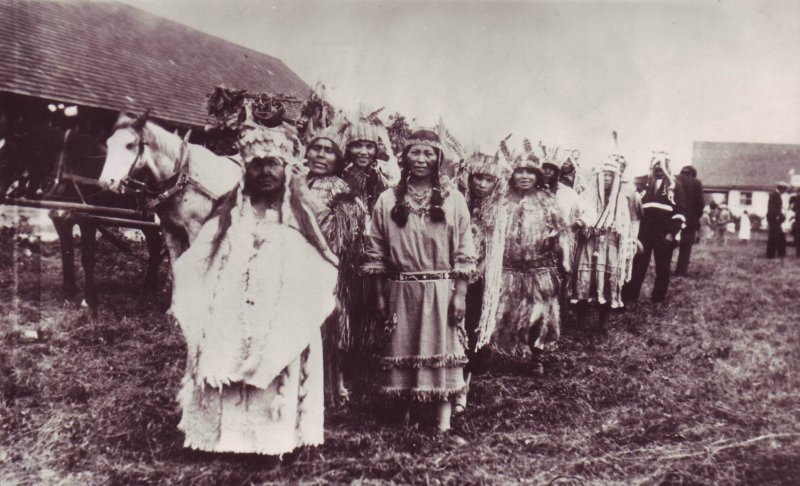Scientific understanding of the peopling of the Americas is as unsettled as the Western Hemisphere once was. Skeletal remains, cultural artifacts such as stone tools and, increasingly, microscopic pieces of ancient DNA have sparked heated debates about which of several origin stories best explains available evidence. Additional conflict stems from a tragic scientific legacy of ignoring and exploiting Indigenous groups whose ancestries are on the line.
Anthropologist and geneticist Jennifer Raff offers her take on the state of this fascinating and turbulent research field in Origin: A Genetic History of the Americas.
One example concerns a roughly 9,000-year-old skeleton found in Washington state in 1996, dubbed Kennewick Man or the Ancient One. That find sparked a legal battle between scientists who wanted to study the man’s remains and local tribes intent on reburying their ancestor. The scientists won.
…
Many Native American groups, especially in North America, nurse bad memories of genetic researchers who misled them about study goals or never met with them to discuss DNA results at odds with tribal oral histories, Raff writes. As a result, Indigenous communities today often refuse to participate in genetic studies.
Only a commitment by researchers to collaborate with those groups will resolve this standoff, she argues, as belatedly happened with the Ancient One.































